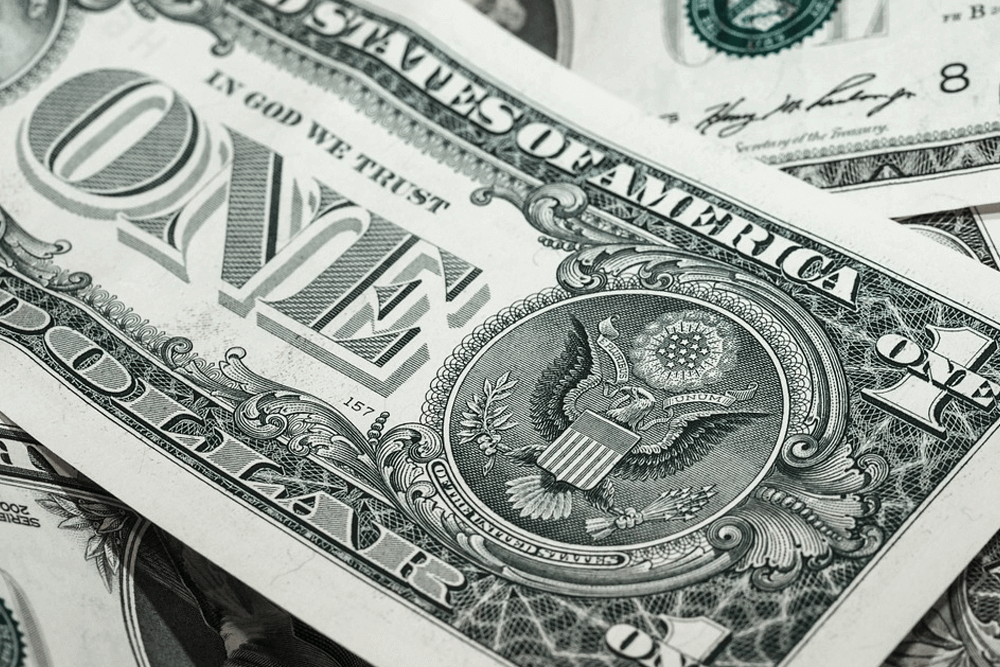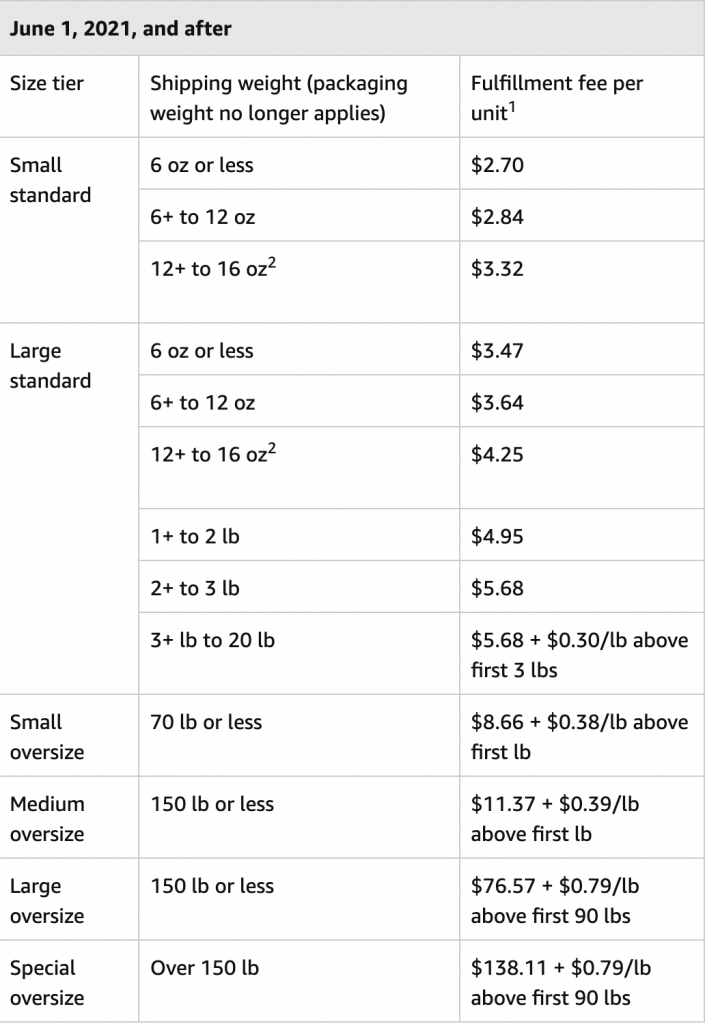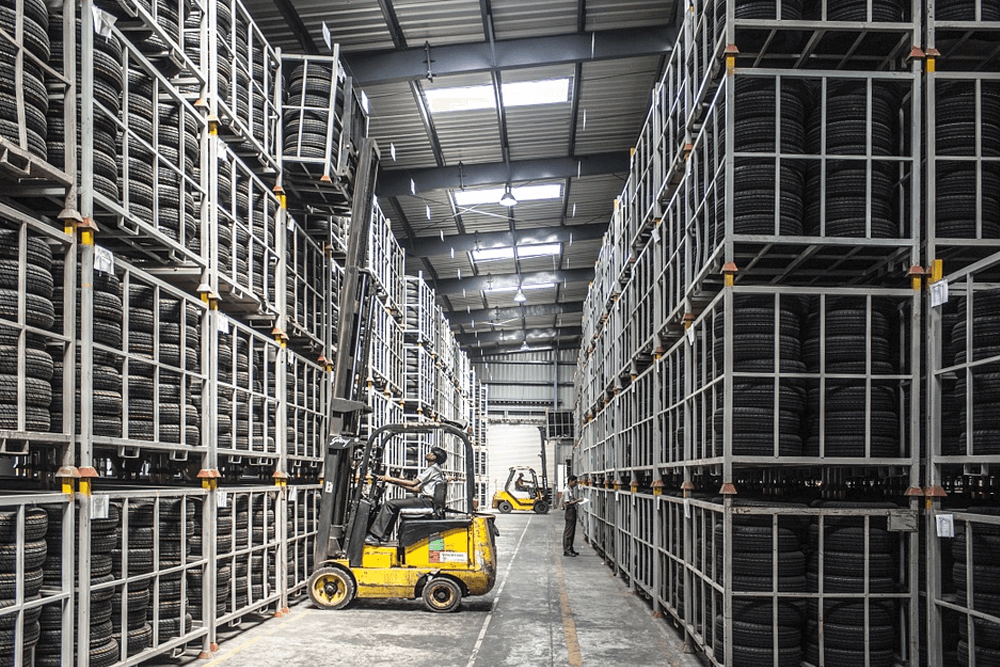
Amazon is one of the most valuable marketplaces in the world, but access to it does not come free of charge. Here’s a look at Amazon Seller Fees and what they mean for you.
If you’re planning to sell online Amazon represents one of the fastest and most lucrative ways to get your products into the hands of waiting customers. Simply by signing up, you are given access to a highly sophisticated and secure ecommerce platform with millions and millions of ready buyers.
Amazon sellers must decide between Fulfilled by Amazon (FBA) and Fulfilled by Merchant (FBM). Each option comes with its own benefits and associated Amazon Seller Fees. In order to understand which one is best for you and your business, you need to fully understand these fees and how they can impact your bottom line.
There are obviously a host of variables on Amazon that can impact your costs. Some of these variables include:–
- Shipping Costs
- Fees related to sales
- Fees for your Amazon Seller Account
Managing profits is done by managing costs. Here’s a close look at all the fees you may face as an Amazon seller so you can increase your chances for success.
Referral Fees
Every product sold carries a referral fee generated by Amazon. The amount of this fee varies depending on the category of your product and it can be as low as 6% and as high as 20%. But, typically, the fee is somewhere around 15%.
This may seem like a big piece of the pie, but when you think about it, Amazon is providing you with the infrastructure and customer base you need to succeed. Their established marketplace saves you the trouble (and costs!) of setting up and maintaining your own website.
This fee is normally set up on the actual selling price and not the list price. For example, if you are selling a product for $100 but are running a promotion for $80, the fee will be applied to the $80 promotion price.
For some categories, a minimum referral fee may be applied. If your products fall into a category with a minimum referral fee, you will pay it or the referral fee, whichever works out to be greater. You will not have to pay both fees. Usually, the minimum referral fee is between 0 and $2, depending on the item.

If you are selling items in a media category, like books, videos, DVDs, music, video games, or gaming consoles, you will be subject to a variable closing fee of $1.80.
Subscription fees
There are two ways you can sell through Amazon, via an individual account or an Amazon Pro Merchant account.
The individual account is intended for people who are selling only small volumes and it does not have any associated monthly fees. You will, however, pay $0.99 on every item sold.
It is an easy and affordable way to sell but it is also rather limited. With an individual account, you are limited to selling a maximum of 40 units per month, you cannot bulk upload products, you cannot offer gift-wrapping and you are restricted to certain categories.
Merchant accounts are for people who are looking to do a high volume of sales. And as such, these accounts come with a broader range of features including an unlimited number of product listings and sales, inventory management and the ability to bulk upload products.
Merchant accounts also have access to Fulfilled by Amazon, although that carries its own fees.
Shipping fees
If you choose to ship and distribute your own products using your own distribution network, Amazon will give you shipping credits. It is equal to the amount they charge customers for shipping and will vary from product to product.
In theory, this shipping credit can be used to cover your shipping costs but this is not always the case and you may find you have to cover some of the cost yourself.
Fulfillment by Amazon (FBA) Fees
The cost of shipping is one of the reasons that people choose to sell through FBA. This service allows you to outsource all of your storage and shipping operations to Amazon.
The fees associated with FBA are based on the size and weight of the package. 2021’s fees can be seen in this table:

There will also be additional costs of $0.40 per unit for clothing and $0.11 per unit for any item which has lithium batteries.

On top of fulfillment costs, you will also have to pay monthly storage fees. The monthly storage fees are based on the time of year, the size of your items and space they take up in the warehouse. Standard sized items are charged $0.69/cubic foot from January to September and $2.40/cubic foot from October to December. Oversized items are $0.48/cubic food from January to September and $1.20/cubic foot from October to December.
There is also a long term storage fee that will be applied to any product that sits in an Amazon warehouse for more the 365 days. This long term storage fee is $6.90/cubic foot per month or $0.15/item. You will be charged the fee that works out to be greater.
Amazon has a handy feature on its website which allows you to see which option will be best for you. You can search for your product’s ASIN and compare your current fulfillment costs with those you would face using FBA.
Managing The Cost to Sell on Amazon
The only real way to ensure you make a profit and manage your costs is through understanding your sales data. Knowing all of this will help you set prices and make profit projections. Miscalculating these numbers is one of the primary reasons people find that they are not making as much on Amazon as they had expected.
Order management and automated follow up emails are useful ways to make sure that your business is covered from all angles and that your customers remain happy. This happiness prompts positive feedback and product reviews, increasing your sales and reducing the impact of Amazon seller fees on your bottom line.
As with anything, the more information you have about your sales, the easier it will be to make effective decisions which will increase your chances of driving real and sustained revenue.
*Editor’s note: This article on the cost to sell on Amazon was originally published September 19, 2019. It was updated August 30, 2021.

0 Comments